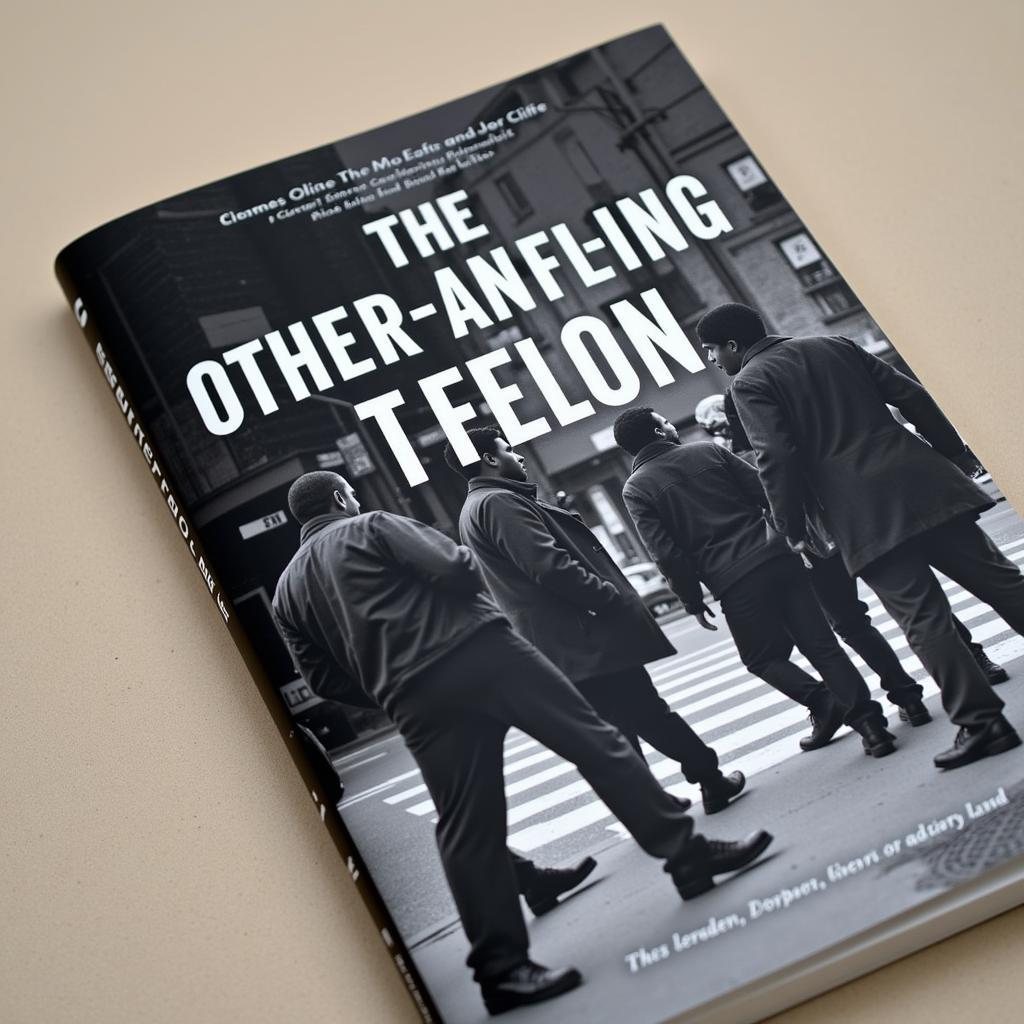“Street Corner Society,” a seminal work in urban sociology, catapulted William Foote Whyte to academic fame upon its publication in 1943. The book delves into the intricate lives of Italian immigrants residing in Boston’s North End during the 1930s, specifically focusing on a tightly-knit group of young men Whyte dubbed the “Norton Street Gang.”
 Cover of William Foote Whyte's "Street Corner Society"
Cover of William Foote Whyte's "Street Corner Society"
Whyte, a Harvard University graduate student, immersed himself in the community for three and a half years, utilizing participant observation as his primary research method. He lived among the residents, learned their language, participated in their activities, and meticulously documented his observations. This immersive approach allowed Whyte to move beyond superficial assumptions and gain a nuanced understanding of the social structures, hierarchies, and values that governed the neighborhood.
Unraveling Social Structures: More Than Just a “Gang”
Whyte’s work challenged the prevailing stereotypes associated with urban youth gangs during that era. The “Norton Street Gang,” far from being a disorganized band of delinquents, functioned within a complex web of social obligations, loyalties, and aspirations. Whyte meticulously mapped the group’s internal dynamics, identifying leaders, followers, and the unspoken rules that dictated their interactions. He demonstrated how these young men navigated poverty, unemployment, and limited opportunities while striving for respect, belonging, and upward mobility within their social milieu.
 William Foote Whyte (center) amongst residents of Boston's North End
William Foote Whyte (center) amongst residents of Boston's North End
The Impact of “Street Corner Society” on Sociology and Beyond
Whyte’s groundbreaking work extended far beyond the confines of academia. “Street Corner Society” illuminated the lives of marginalized communities, prompting a re-evaluation of societal perceptions and prejudices. The book’s enduring legacy lies in its contribution to:
- Urban Sociology: Whyte’s immersive methodology, participant observation, became a cornerstone of ethnographic research, influencing generations of sociologists and anthropologists studying urban life and marginalized communities.
- Community Development: By revealing the intricate social fabric of the North End, Whyte highlighted the importance of understanding community dynamics and resident perspectives in crafting effective social programs and interventions.
- Social Policy: “Street Corner Society” emphasized the need for policies that address the root causes of poverty and inequality, rather than simply focusing on individual behavior.
Why “Street Corner Society” Remains Relevant Today
Despite being set in a specific time and place, “Street Corner Society” continues to resonate with readers today due to its timeless exploration of universal themes:
- The Power of Community: Whyte illustrates how social connections and support systems can provide resilience and hope even in the face of adversity.
- The Struggle for Opportunity: The book’s depiction of young men striving for a better future resonates with contemporary concerns about social mobility and access to opportunity.
- The Importance of Perspective: “Street Corner Society” serves as a reminder that understanding diverse viewpoints and challenging preconceived notions are essential for building a more just and equitable society.
 A bustling street scene in Boston's North End today
A bustling street scene in Boston's North End today
“Street Corner Society” is not merely a historical account; it’s a timeless testament to the power of human connection, the complexities of urban life, and the enduring relevance of sociological inquiry in understanding and addressing social issues.